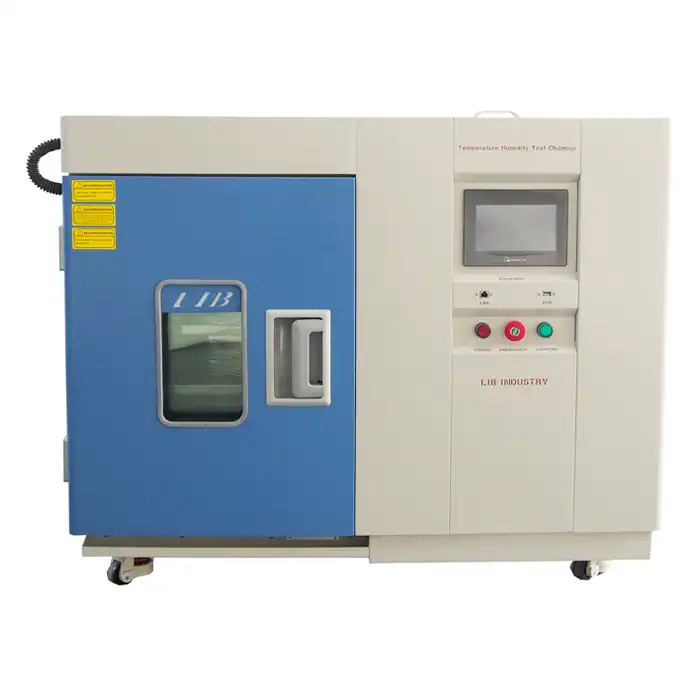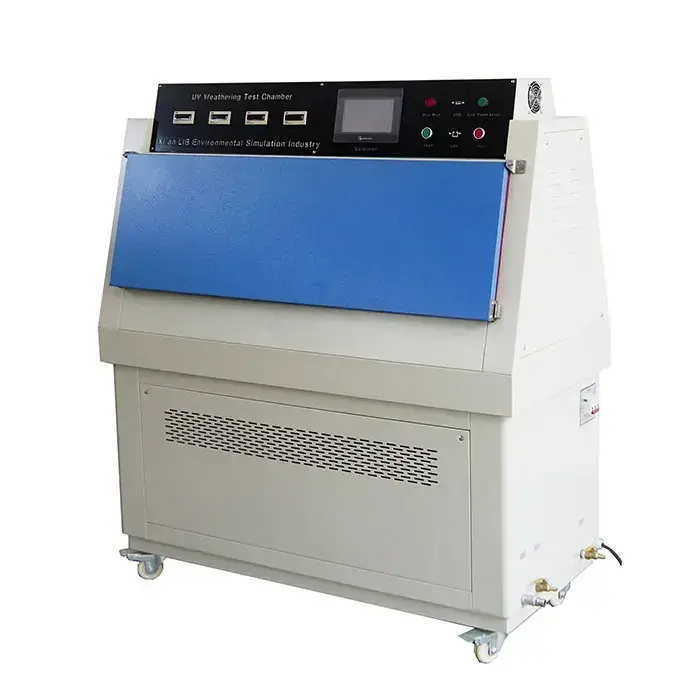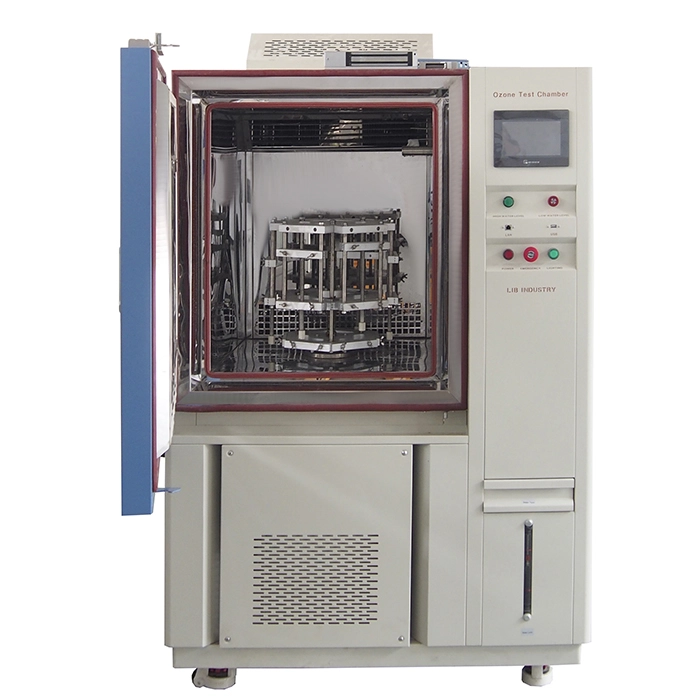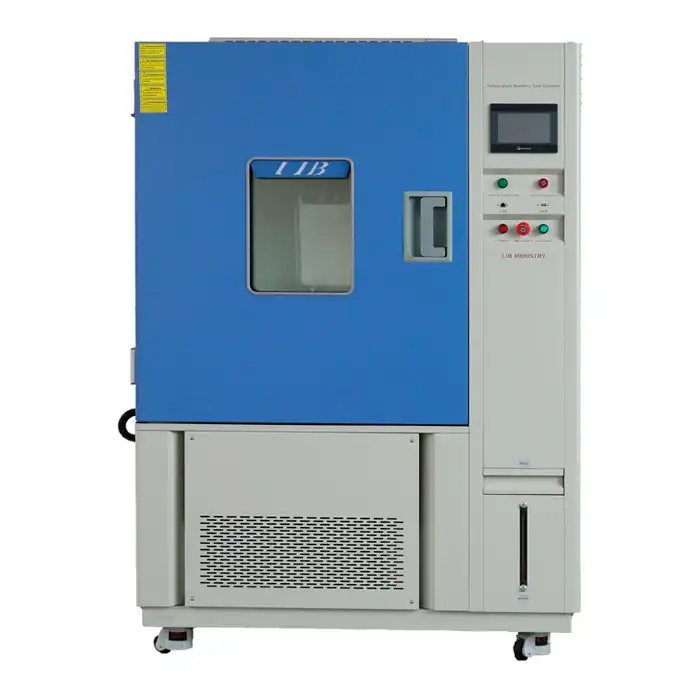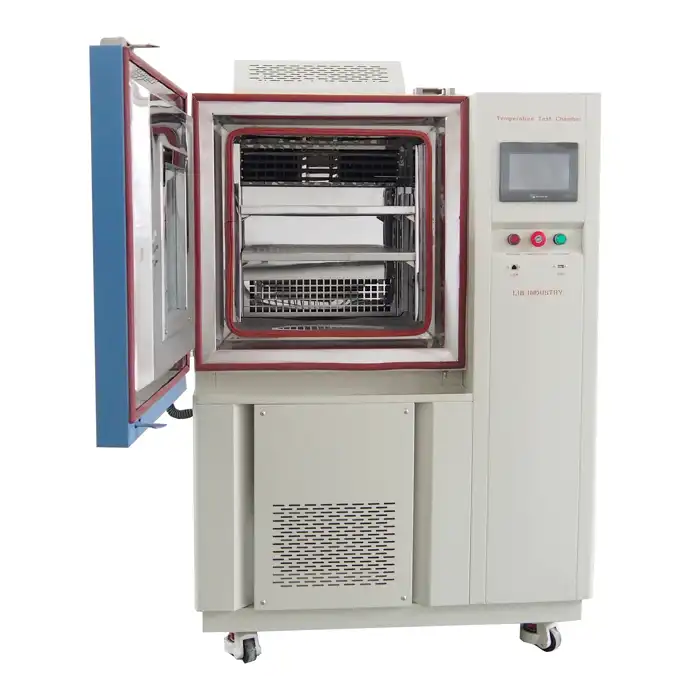What is high temperature testing?
What is High Temperature Testing?
High low temperature test chamber is essential for evaluating the dependability and durability of components and materials in product testing and quality assurance. During this crucial procedure, specimens are heated to simulate real-world conditions and evaluated for their performance under heat stress.
High temperature testing is used a lot in industries like electronics to make sure that parts can withstand high temperatures without getting damaged or breaking. For instance, integrated circuits must function effectively even when exposed to high temperatures found in electronic devices. Manufacturers can ensure that products meet stringent reliability standards by subjecting these components to controlled high temperatures and identifying potential weaknesses like thermal runaway or material breakdown.
Also, the auto business uses high temperature testing to assess the exhibition of materials and frameworks under the extreme intensity created inside motors and fumes frameworks. Electronic systems and engine parts, for example, must withstand high temperatures without compromising functionality or safety. Testing at high temperatures ensures that materials can withstand prolonged heat exposure without deterioration or mechanical failure, assisting automotive manufacturers in validating their materials' durability.
Additionally, high temperature testing is essential for evaluating the performance of materials and components in environments like aircraft engines, where temperatures can exceed normal operating limits, in aerospace applications. For instance, turbine blades must withstand extreme heat without becoming warped or losing their structural integrity. High temperature tests empower aviation design specialists to approve the unwavering quality of materials under these requesting conditions, guaranteeing wellbeing and execution in flight.
In conclusion, high temperature testing plays a crucial role across industries by evaluating how materials and components respond to heat stress and simulating harsh environmental conditions. Manufacturers can improve overall product reliability and durability by carrying out rigorous high-temperature tests, optimize material selection, and identify potential flaws early in the product development process. In a variety of applications, this proactive approach not only enhances product performance but also customer satisfaction and safety.
Understanding High Low Temperature Test Chambers
High-low temperature test chambers are essential tools for product evaluation and quality assurance. With precise control over the conditions of testing, these chambers are designed to eerily resemble both extreme high and low temperature conditions.
In the controlled environment of these chambers, manufacturers can subject materials and products to significant changes in core temperature. Examples are warmed well above typical working temperatures to look like the outrageous intensity tracked down in genuine applications. Engineers can make use of this capability to study how materials behave when subjected to thermal stress and find potential flaws like thermal expansion, degradation, or mechanical failure caused by heat-induced stress.
Thermal shock scenarios, which involve rapid temperature changes, can also be simulated using high-low temperature test chambers. The ability of materials and components to adapt to unexpected temperature changes, which can occur during routine activities or in basic conditions like automobile motors or electronic devices, can only be determined through these tests.
The chambers distribute the temperature uniformly throughout the testing area, resulting in stable and consistent results for numerous test examples. It is possible to precisely program temperature profiles in accordance with specific testing requirements and industry standards thanks to high-level temperature control systems' ability to maintain stability within close resistances.
High-low temperature test chambers are utilized by the automotive, aerospace, pharmaceutical, and electronics industries to evaluate a product's performance at extremely high temperatures. In the field of electronics, for instance, these chambers are used to test the durability of semiconductor devices and circuit boards at extremely high operating temperatures. They look at the heat resistance of engine parts and materials for exhaust systems in automotive applications. These chambers are used by the aerospace industry to check the thermal stability of materials in aircraft components that are heated up during flight.
In conclusion, for high-temperature testing, high-low temperature test chambers are necessary because they provide manufacturers with crucial insights into the performance and durability of materials under extreme heat conditions. Businesses can optimize product designs, increase reliability, and ensure compliance with stringent quality standards by utilizing these specialized tools. Eventually, they will actually want to sell items that are more secure and more trustworthy.
Features and Capabilities of High Low Temperature Test Chambers
Modern high low temperature test chambers come equipped with advanced features to ensure accurate and reliable testing. These may include:
Temperature Range Flexibility: The ability to simulate temperatures ranging from extremely low to very high, accommodating a wide range of testing requirements.
Uniformity and Stability: Ensuring that temperature distribution within the chamber is consistent and stable throughout the testing process, eliminating potential hot spots or cold zones that could affect results.
Programmable Controls: Sophisticated control systems that allow precise programming of temperature cycles, ramp rates, and dwell times, enabling simulation of complex real-world conditions.
Safety Mechanisms: Built-in safety features to protect both the specimens being tested and the chamber itself from thermal extremes, ensuring reliable operation over extended periods.
Applications of High Temperature Testing
The applications of high temperature testing are diverse and crucial across numerous industries:
Electronics: Testing the thermal stability of circuit boards, semiconductors, and electronic components to ensure they can withstand operating temperatures without failure.
Automotive: Evaluating the performance of engine components, brake systems, and interior materials under high heat conditions encountered during operation and storage.
Aerospace: Assessing the resilience of aircraft components and materials to extreme heat during flight or in hot climates.
Materials Science: Studying the thermal properties of new materials and coatings to determine their suitability for specific applications.
Importance of High Temperature Testing
The importance of high temperature testing cannot be overstated in product development and quality control:
Reliability Assurance: Ensures that products perform as expected even under extreme heat conditions, enhancing reliability and customer satisfaction.
Safety Compliance: Helps manufacturers meet regulatory standards and safety certifications by demonstrating product resilience to high temperatures.
Cost Savings: Identifying potential weaknesses or failure points early in the design phase can lead to cost savings by preventing expensive recalls or warranty claims.
Conclusion
In conclusion, high temperature testing, facilitated by advanced high low temperature test chambers, is an indispensable tool for industries striving to deliver robust and reliable products. By subjecting materials and components to rigorous heat conditions, manufacturers can gain valuable insights into their performance, durability, and safety margins. This proactive approach not only enhances product quality but also contributes to overall customer confidence and satisfaction.
For businesses involved in environmental testing solutions like high low temperature test chambers, understanding these processes and investing in reliable equipment is key to maintaining competitive advantage and meeting industry standards. Whether you are developing electronics, automotive parts, or aerospace components, integrating high temperature testing into your quality assurance protocols can pave the way for innovation and excellence in product design.



